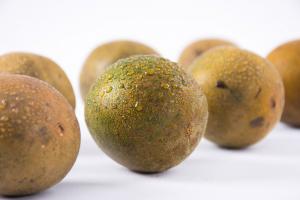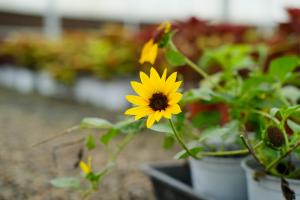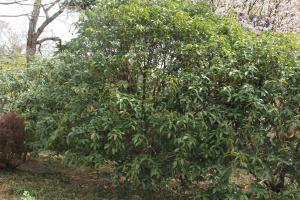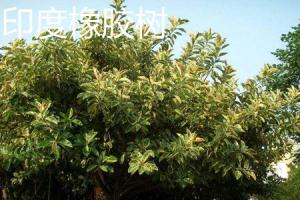Introduction
Ginseng is a perennial herb that is widely used in traditional Chinese medicine. It is grown in China, Korea, Japan, and other parts of Asia, as well as in North America. Ginseng has been used for centuries for its medicinal properties, and is believed to have numerous health benefits.
Ginseng Plant Characteristics
The ginseng plant is a slow-growing perennial herb that belongs to the Araliaceae family. It can grow up to 2 feet tall, and has a deep, fleshy root that is commonly used in herbal medicine. The leaves of the plant are compound, with 5 leaflets per stem. The leaves are dark green in color and are arranged in a circular pattern around the stem.
Ginseng Plant Flowers and Fruits
The flowers of the ginseng plant are small, greenish-white, and inconspicuous. They are borne on a single stalk that rises from the center of the plant. The flowers bloom in late spring or early summer. After the flowers have bloomed, they are followed by small, bright red berries that are about the size of a pea. The berries are edible, but are rarely eaten by humans because of their small size and bitter taste.
Ginseng Plant Habitat
Ginseng plants prefer to grow in shaded areas with well-drained soil. They can be found growing in the understory of deciduous forests, on the slopes of wooded valleys, and along streams and rivers. Ginseng is often found growing in association with other woodland herbs, such as mayapple, bloodroot, and trillium.
Ginseng Plant Cultivation
Ginseng is a popular crop in many parts of the world, and is grown for both its medicinal properties and its ornamental value. The plant is slow-growing and takes several years to mature. Ginseng is typically grown from seed, and requires a well-drained, fertile soil that is rich in organic matter. The seeds are generally sown in the fall, and the plants are harvested after 4 to 6 years of growth.
Ginseng Uses
Ginseng has been used for centuries in traditional Chinese medicine. It is believed to have a variety of health benefits, including improving cognitive function, reducing stress and anxiety, enhancing athletic performance, and boosting the immune system. Ginseng is also used as a natural remedy for a variety of conditions, such as headaches, high blood pressure, and digestive problems.
Conclusion
The ginseng plant is a slow-growing perennial herb that is widely used in traditional Chinese medicine. It has numerous health benefits and is believed to have a variety of medicinal properties. The plant is typically grown from seed and prefers to grow in shaded areas with well-drained soil. Ginseng is a popular crop in many parts of the world, and is valued for both its medicinal properties and ornamental value.

 how many times do yo...
how many times do yo... how many planted tre...
how many planted tre... how many pine trees ...
how many pine trees ... how many pecan trees...
how many pecan trees... how many plants comp...
how many plants comp... how many plants can ...
how many plants can ... how many plants and ...
how many plants and ... how many pepper plan...
how many pepper plan...































